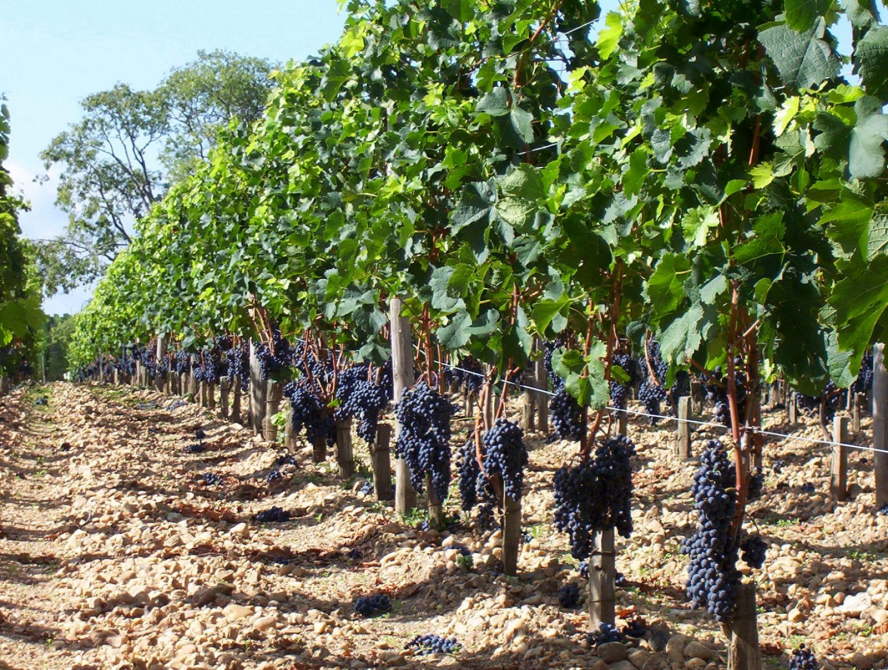Food Wine Red Wine
Château Lafleur 2016 Pomerol
Château Lafleur 2016 Pomerol
A Château Lafleur 2016 of dark, intense, purple and bright color. Particularly aromatic nose, very fine, very pure, precise, with a rare depth. Meticulous entry in mouth, then the wine melts, extremely delicate in its touch. Very airy, rich in aromatic sparkle, the Lafleur 2016 takes on even more expression on the finish and finishes with immense length. An ingenious interplay between the quality of the structure and the quality of the flavor. We're in another world! The best ever made.
About Chateau Lafleur
While the majority of great Bordeaux chateau have changed hands over the past several generations, Chateau Lafleur remains in the same family hands to this day.
In 1900, Charles Greloud, Henri’s son, inherited Chateau Lafleur. In 1915, the Pomerol property was purchased by Andre Robin who also obtained Chateau Le Gay in the same transaction. The Robin family was familiar with the quality of Bordeaux wine produced at Chateau Lafleur.
Andre Robin was married to Gabrielle Greloud, Henri’s granddaughter. Therese and Marie Robin took over management of the Right Bank estate in 1946 from their father.
The sisters devoted their entire lives to keeping the Chateau Lafleur vineyard intact and producing one of the great Bordeaux wines of all time. One of the early changes the Robin family made at Chateau Lafleur was in the vineyards. At some point in time, perhaps by the early 1920’s, they removed the Malbec that was planted in the vineyards.
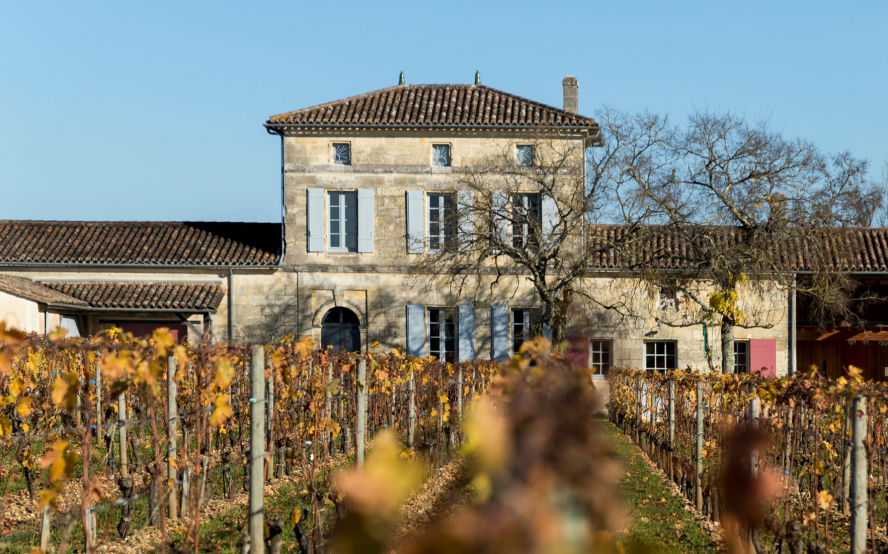
Chateau Lafleur is another Pomerol wine tied to the success and continuous praise heaped on the wine by Robert Parker. Prior to Robert Parker, the quality of Lafleur was not widely known outside the Right Bank, Belgium and a few buyers in London. Robert Parker made his first visit to the estate in 1975 and never stopped writing about the wine.
At the time of Robert Parker’s first visit, Chateau Lafleur was selling for about the same price as Chateau Grand Puy Lacoste. Once the career of Robert Parker took off, his comments on Chateau Lafleur excited consumers all over the world. By the 1980’s, Chateau Lafleur was on its way to becoming one of the world’s most in demand wines selling for more than the First Growths. Only Petrus and Le Pin sell for more money today.
Chateau Lafleur The Modern Age
In 1984, after Therese Robin died, Jacques and Sylvie Guinaudeau, the great, great grandchildren of Henri Greloud made arrangements to lease Chateau Lafleur from Marie Robin, the surviving sister. They began restoring Chateau Lafleur to its former glory starting with replacing missing vines.
Over the next decade and a half, they enhanced the image of Chateau Lafleur as a Pomerol property that offered balance, restraint and a truly unique expression of Pomerol.
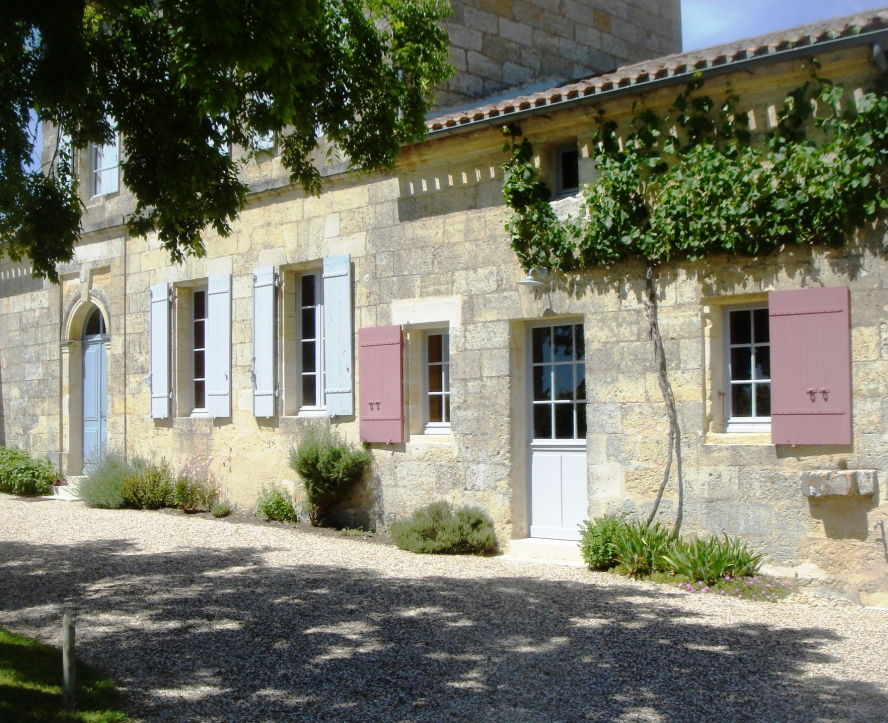
Jacques Guinaudeau maintained the unique planting at Chateau Lafleur of 50% Cabernet Franc and 50% Merlot. The next step for new owners was to create another wine, that would not be a second wine.
This gave birth to Pensees de Lafleur. Pensees de Lafleur is considered a different expression of the Lafleur vineyards. The reason is, the wine is always from different sections of the vineyard than what they use for Lafleur.
The wine is not made from declassified lots or solely from young vines. The grapes for Pensees de Lafleur always come form the same, 0.8 hectares of vines in a parcel that is shaped like a diagonal line that runs across the majority of the Lafleur vineyards.
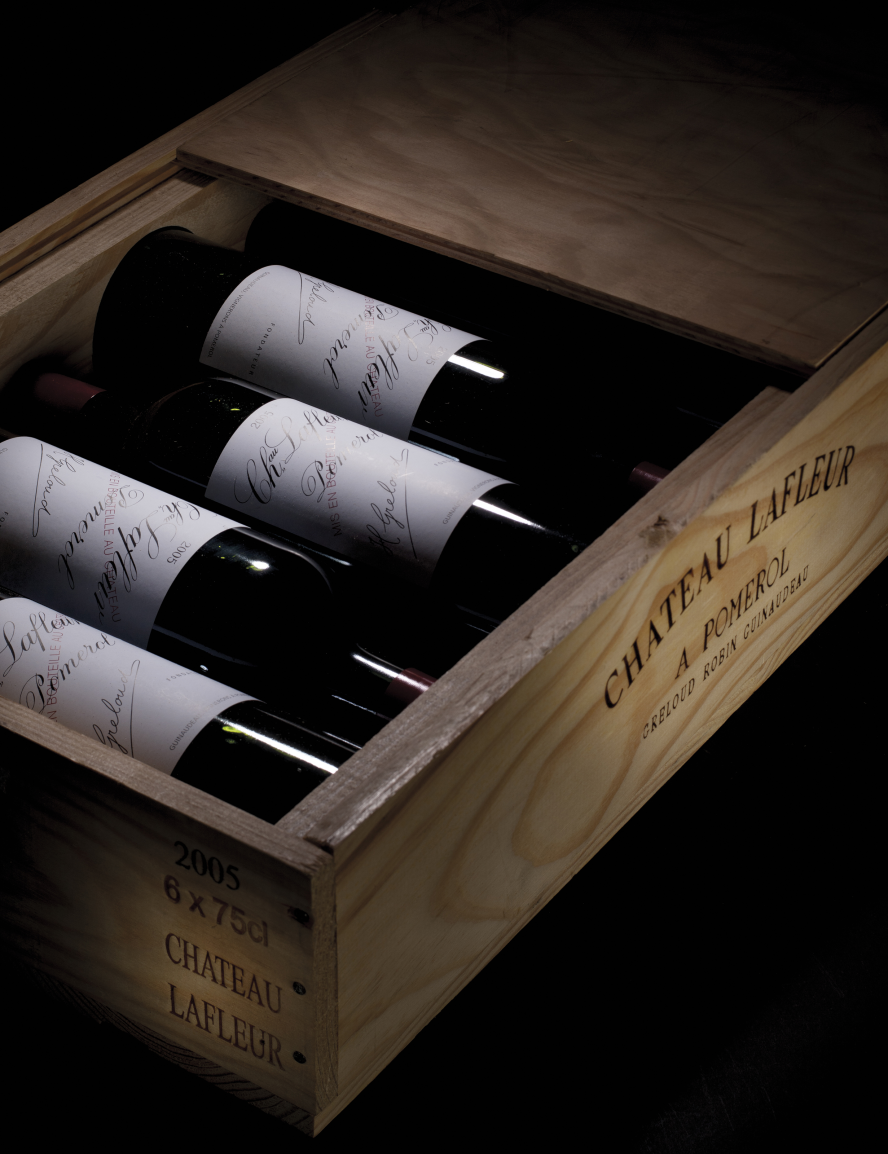
The Guinedeau family considers this a perfect, true example of Pomerol, due to its more typical soils and blend, that is shared by most of the Pomerol producers.
Marie Robin passed away in 2001. The Guinaudeau’s succeeded in acquiring the remaining shares of Chateau Lafleur. Later that year, their son Baptiste Guinaudeau and his wife Julie Guinaudeau joined them at Chateau Lafleur. Since that time, the wines of Lafleur have continued getting better and better!
They completed the first modernization in ages at Chateau Lafleur in 2018. The renovation created a new, grape reception area, 1st and second year, barrel aging cellars and more room for additional vinification tanks. However, the classic, French farmhouse remained untouched.
Chateau Lafleur, Vineyards, Terroir, Grapes, Winemaking
The 4.58 hectare Pomerol vineyard of Chateau Lafleur is planted in a shape that is unique to Pomerol as it is close to a perfect square. Chateau Lafleur is located in the heart of the Pomerol plateau.
Their closest neighbors are La Fleur Petrus, Petrus, Vieux Chateau Certan and Hosanna. No sign exists announcing you are at Lafleur. It remains a humble, understated property. Four different soil types complement each other in a unique way to make their terroir.
To the north-west, they have a gravel hillock with a brown gravelly soil.
To the south, brown sandy-gravelly soil over a gravelly-clay sub-soil.
To the east, brown sandy-gravelly soil over a sandy-clay sub-soil.
Located exactly dead center in the middle of the Chateau Lafleur Pomerol vineyard is a crescent-shaped area with deeper soils ranging from sandy-silt to brown sand. This small,.69 hectare parcel is where the grapes used to produce Pensees de Lafleur come from.
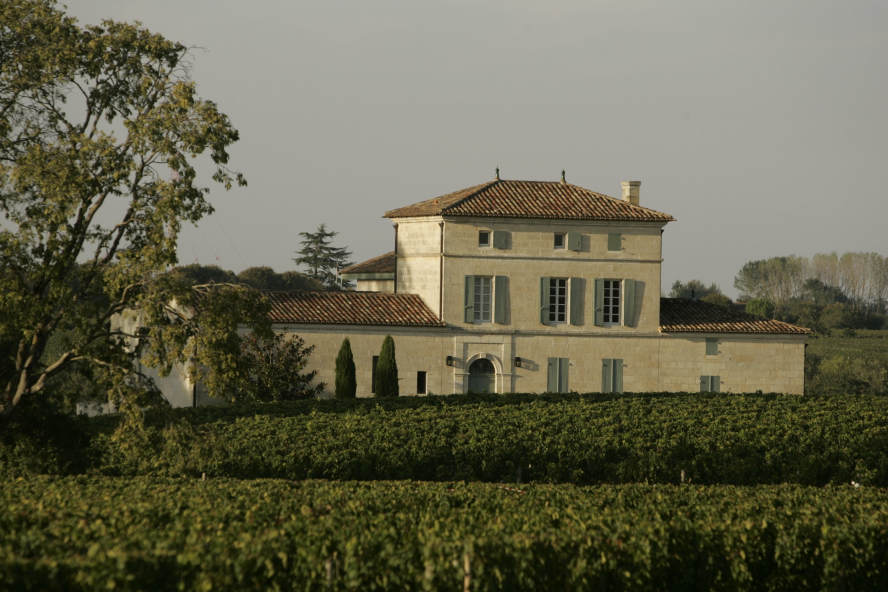
The combination of these different, complementary soils gives the wines of Chateau Lafleur their uniqueness, balance, complexity and most importantly, character. According to the owner, Jacques Guinaudeau, those soils are poor, which makes them perfectly suited to grape vine growing.
He added, “It is our job, as vine growers, to do everything to enable each vine plant to find its best expression. We have to monitor and follow the vines throughout their natural growing season, taking into account the character of each vintage and without excessive intervention”.
The soils at Lafleur are never turned. They are simply raked. This allows the large gravel stones to remain at the top of surface where the stones can capture and radiate the heat from the sun to the vines. At Chateau Lafleur, they installed a new drainage system that helps to remove excess rainwater during periods of wet weather.
They have also developed soil maintenance techniques (hoeing, spiking and deep ploughing) that avoid turning over the soil and result in improved aeration in the soil, while avoiding excessive transpiration in the spring. Finally, they never work in the soil in July to favor the slight vine water deficit in the summer. This aids in the ripening process.
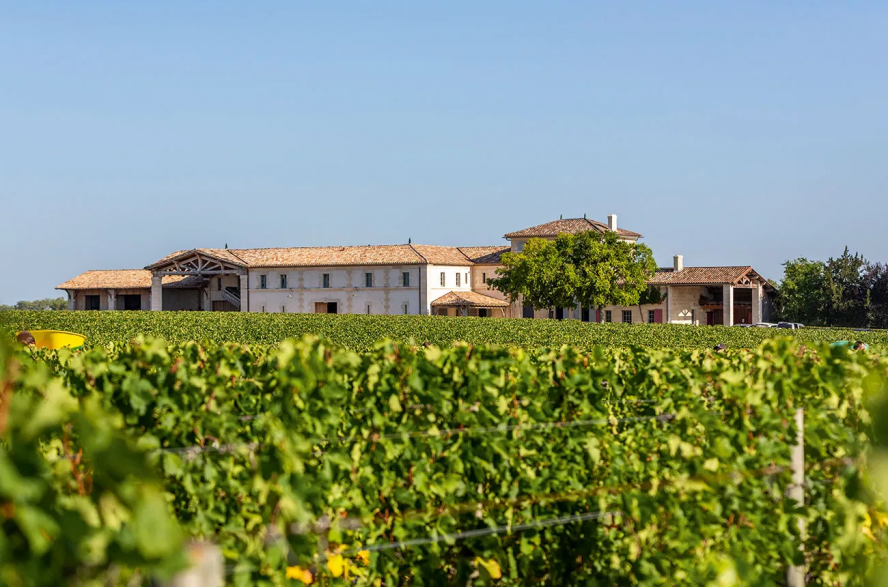
At Chateau Lafleur, they manually prune and work with each vine, one at a time. Jacques says, “Lafleur’s vineyard is tended like a large garden where each plant is given its own particular attention”. This work is necessary at Chateau Lafleur, due to how the vineyard is organized. The organization takes into consideration both the terroir and number of vines.
For example, in the gravel with clay soils, there are 7,500 vines planted. In the gravel with sand, that is in the middle of the vineyard, you find 5,250 vines. The largest section of the vineyard, with more clay and gravel soil, you find 8,250 vines. In total, there are close to 21,000 vines planted at Chateau Lafleur. Trust me on this, at Lafleur, they know each and every vine.
At Chateau Lafleur, Merlot and Cabernet Franc are often located next to each other in the same parcel or row of vines. The vines have been marked and color coded allowing the workers to know which vine is which. The vineyard is divided into 24 separate parcels. The vineyard is planted to a vine density that ranges from 6,000 vines per hectare to 7,500 vines per hectare.
The vines are old, which gives the wine of Chateau Lafleur much of it’s character. The average age of the vines is close to 40 years of age, but the estate also has much older vines as well, because many of their vines were not replanted after the frost of 1956.
The unique quality and character of Lafleur comes from their blend of equal parts Cabernet Franc and Merlot, a blend more often seen in St. Emilion that Pomerol.
At Chateau Lafleur, they use the highest percentage of Cabernet Franc in the entire Pomerol appellation. Once the fruit changes color for both varietals, Merlot and Cabernet Franc, they begin visiting each plot on a daily basis, checking on the progress of the grapes.
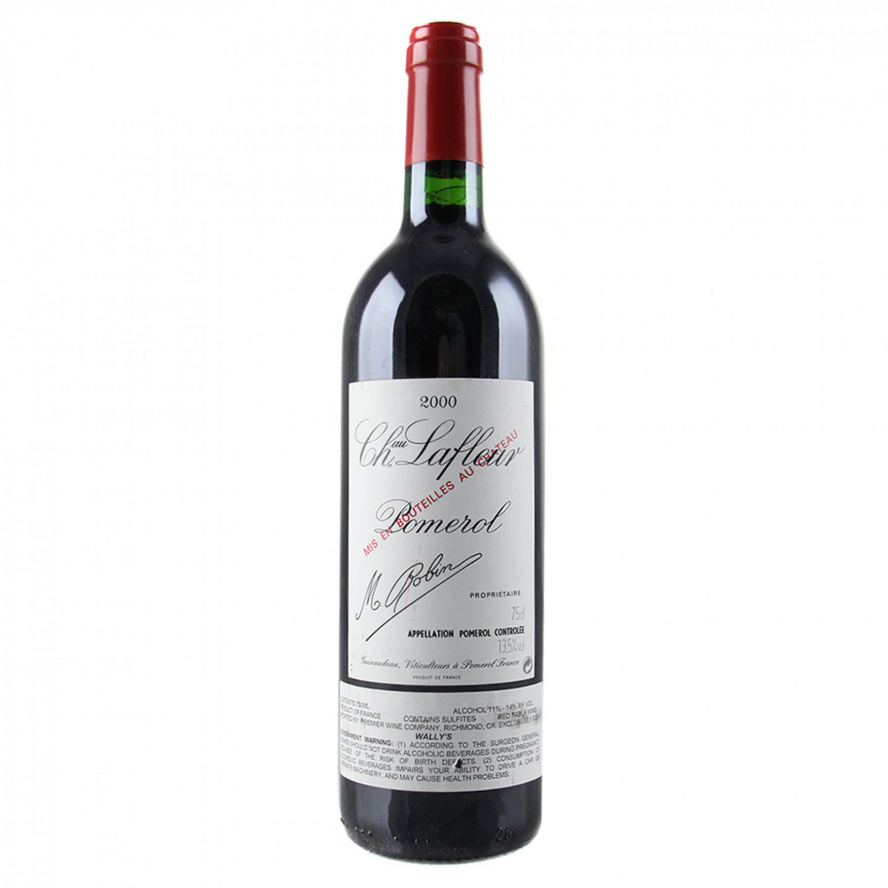
It is important for Jacques to walk in the vineyards tasting fruit from different blocks to determine the level of ripeness on a daily basis. At Lafleur, they are truly seeking full phenolic ripeness, when it is possible, which of course depends on the character and quality of the vintage. The plots and sub plots are picked one at a time, to ensure they are all harvested at the maximum level of ripeness.
To produce the wine of Chateau Lafleur, after sorting, the grapes arrive at the vat cellar where they are vinified in small, traditional cement vats for grapes destined for Chateau Lafleur. They have 12 tanks that range in size from 30 hectoliters up to 80 hectoliters. Malolactic fermentation takes place in barrel, a practice that started in 1991.
Following a maceration period of three weeks, the wine is run off the skins into French, oak barrels where it stays for several months before they decide on the blends. The amount of new French oak varies, depending on the quality and character of the vintage.
In general, Chateau Lafleur is aged in an average of 25% New, French oak barrels. This is down from previous years, when the estate was using as much as 50% new, French oak. The remaining 75% of the used barrels come from their sister estate, Grand Village, where the wine aged in those barrels for about 12 months. At Chateau Lafleur, the wines remain in barrel for about 15 months, prior to bottling.
